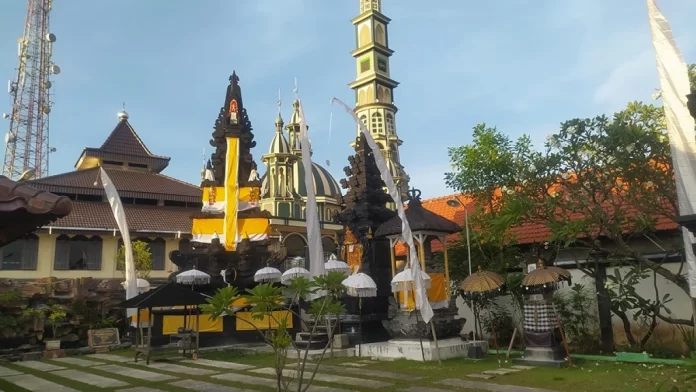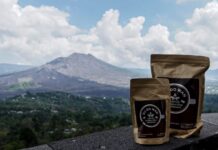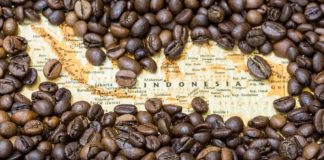June 1st is celebrated across Indonesia as Pancasila Day. For several years, people have come to know Balun Village in the Turi Subdistrict of Lamongan as The Village of Pancasila. This title isn’t bestowed lightly; it’s a recognition of the village’s remarkable diversity and the unwavering religious tolerance it upholds.
What sets this village apart is its remarkable religious diversity, encompassing followers of Islam, Hinduism, and Christianity. This harmony in religious life has been going on for more than half a century.
Here are unique facts about Balun Village that most people might not know:
1. Origin of the name “Balun”
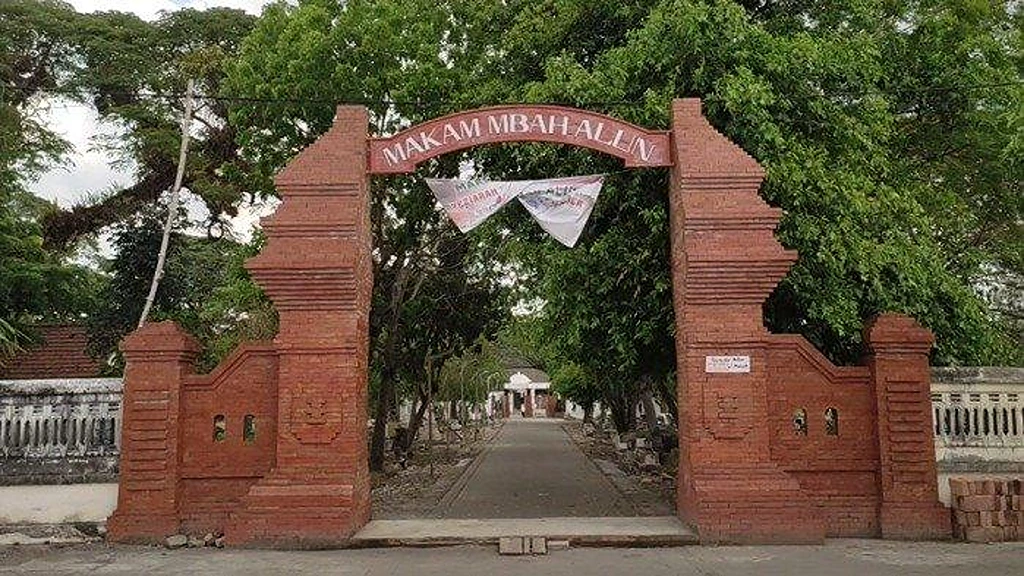
The name “Balun” derives from a revered community figure known as Mbah Alun, and the village was aptly named in honor of this individual. Nama asli Mbah Alun adalah Sunan Tawang Alun I atau Raja Blambangan. To this day, the tomb of Mbah Alun remains a frequented site for local residents, serving as both a place of pilgrimage and a tourist attraction.
2. Coexistence of Three Places of Worship
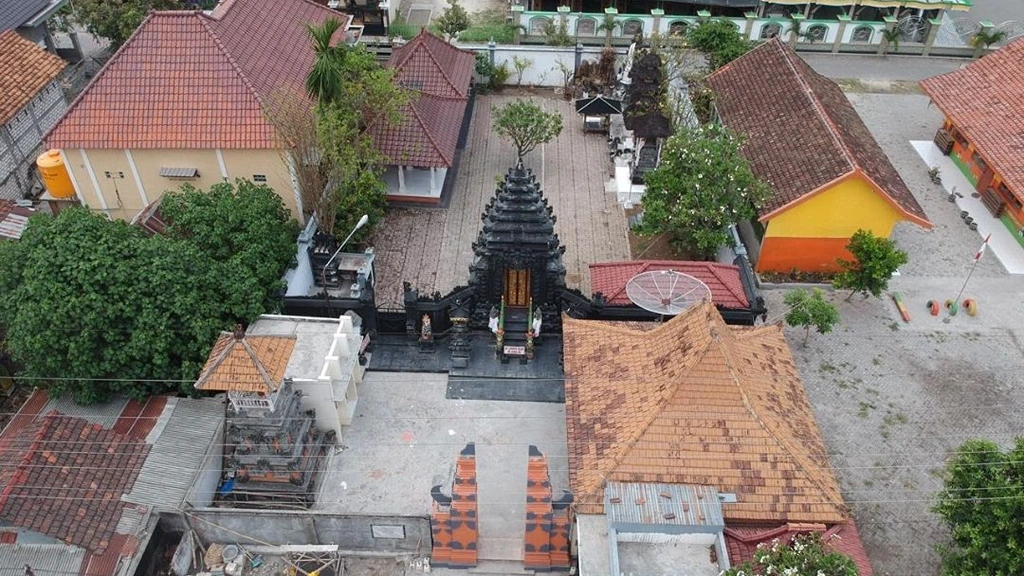
Separated only by a village road and a small field, these places of worship are a testament to the village’s commitment to tolerance and understanding. To the west of the field stands the Miftahul Huda Mosque. Just a few meters away, separated by a four-meter-wide village road, lies the Sweta Maha Suci Temple (Pura). And directly across from the mosque, at a distance of approximately 50 meters, stands the East Java Christian Church (GKJW) of the Lamongan Congregation.
3. Tolerance for Religious Celebrations
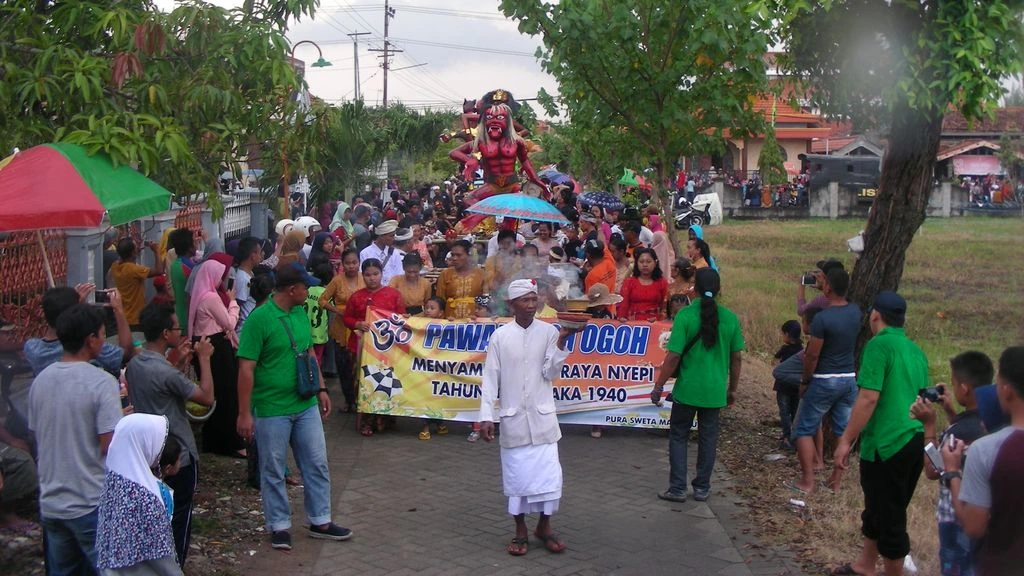
Tolerance in this village is profound, fostering an atmosphere of unity and mutual respect among its residents. Differences are not just accepted but celebrated. For instance, during the Hindu community’s preparations for Nyepi, followers of other faiths join in the festivities. When Muslim neighbors hold celebrations, individuals from other faiths don traditional attire like sarongs, kopiyahs, and even headscarves out of respect for their Muslim friends.
4. Islamic and Hindu Graves in One Place
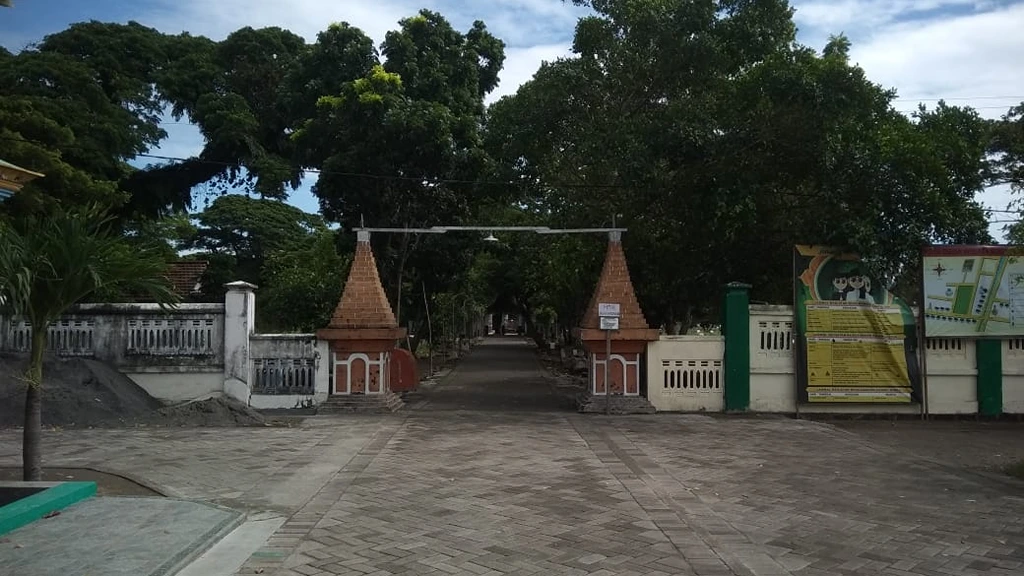
Balun Village seamlessly merges Islamic and Hindu burial practices, with the resting places situated between the Miftakhul Huda Mosque and the Sweta Maha Suci Temple. Hindu customs of cremation are replaced with burials, exemplifying the village’s respect for each other’s beliefs. Community activities, like cleaning ancestral graves, are carried out collaboratively. During Eid al-Adha, the Christian and Hindu communities lend a hand with the Muslim tradition of animal sacrifice.
5. Adjust Prayer Schedule
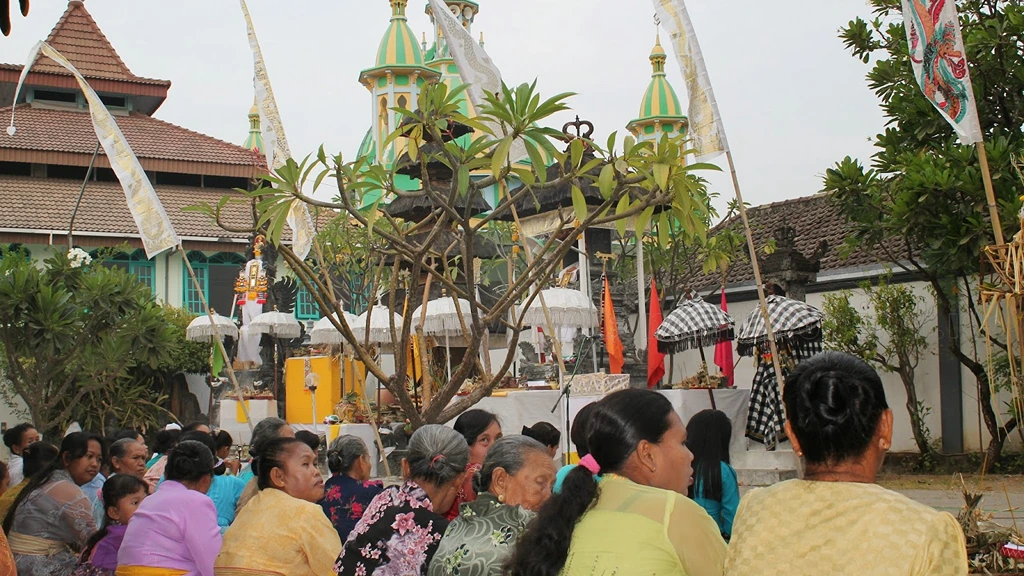
Even prayer schedules are thoughtfully adjusted. The Hindu kliwonan ritual, usually performed at 7:00 PM, is shifted to after the Maghrib prayer and before the Isha prayer to accommodate Islamic observance. When Hindus observe Nyepi, the Muslim mosque lowers its loudspeakers in a gesture of respect.
Balun Village indeed exemplifies the essence of Pancasila, weaving unity through diversity. Have you ever visited this village? Share what you think and experience in the comments section below.

